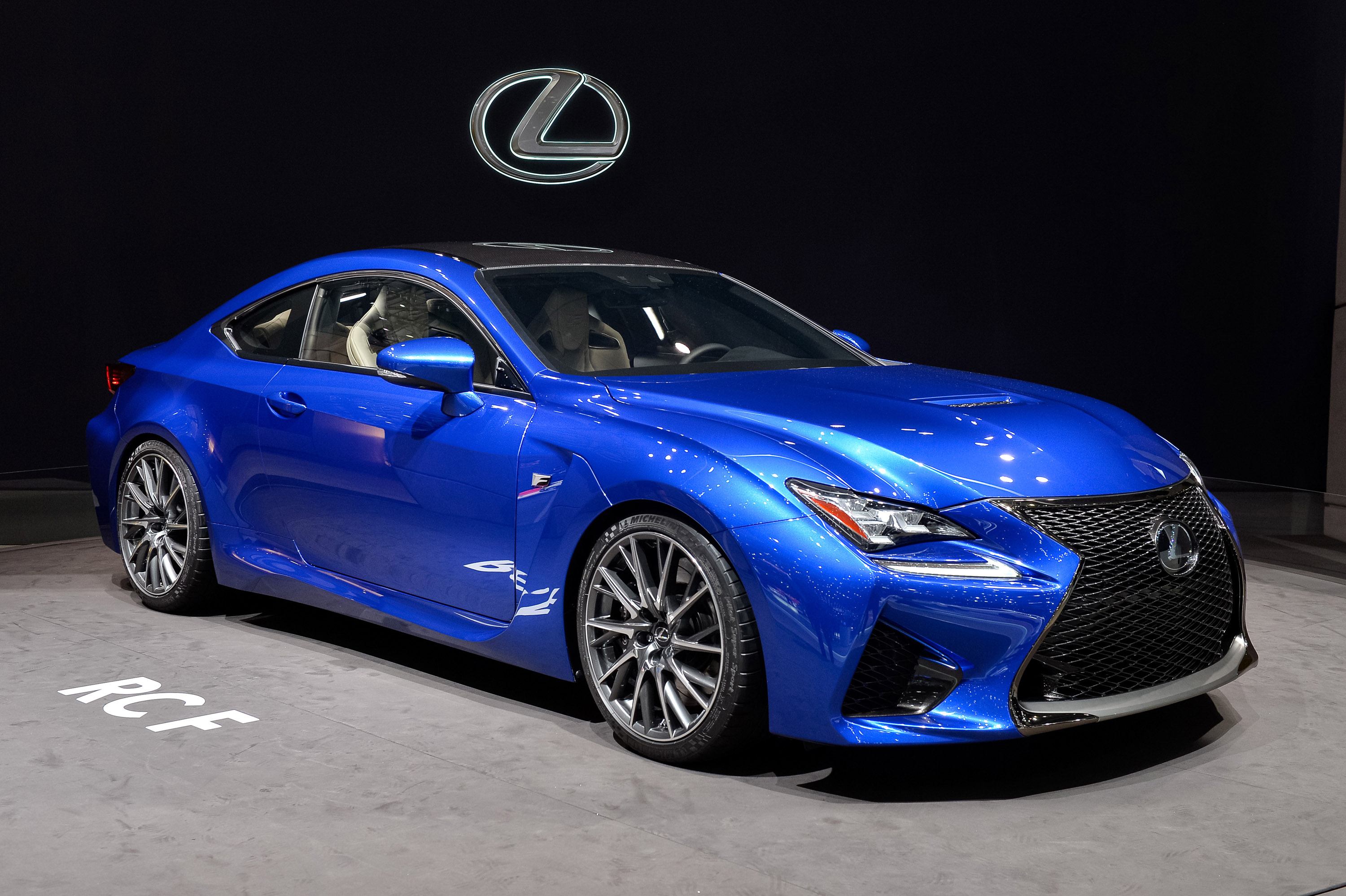
- Diy Dc Motor Driver Circuits
- Dc Motor Driver Circuit Diagram
- Brushless Dc Motor Driver Circuit
- Dc Motor Driver Circuit Using Uln2003
- Diy Dc Motor Speed Control
- Motor Drive Circuit
- Reverse voltage protection
The L293D motor driver module has two H-Bridge circuits and therefore can control two dc motors simultaneously. The pins IN1, IN2, IN3 and IN4 are actually for controlling the switches of the H-bridge circuit of the L293D module. The two thick lines on the left are the main DC power supply (probably from some battery source or maybe a DC adapter). Once the power is routed through this circuit, you get a 5 volt potential difference across the ground and the line marked +5V. And you get 12 volts potential difference across the +12V line and ground. A circuit which enables a user to linearly control the speed of a connected motor by rotating an attached potentiometer is called a motor speed controller circuit. 3 easy to build speed controller circuits for DC motors are presented here, one using MOSFET IRF540, second using IC 555 and the third concept with IC 556 featuring torque processing. The High Current DC Motor driver project has been designed using IFX007T IC from infinion, The project can drive large size brushed DC motor, speed control is easy using PWM, the board also has few features like short circuit protection, over temperature and over current protection, its provide current feedback can be interface with arduino, raspberry pai.
Hook up the power supply backwards with most motor drivers and you can throw them in the trash. Not so with the Basic Motor Driver. It is fully reverse voltage protected up to 40V.
- Simple enable/direction interface
Diy Dc Motor Driver Circuits
Each motor (or stepper motor phase) is controlled by only 2 inputs: ENABLE and DIRECTION. The ENABLE input can be driven by a PWM output to control the average motor current. The DIRECTION input controls the direction of current flow. These four digital pins completely control 2 brush DC motors or 1 bipolar stepper motor. This interface is compatible with other popular Arduino motor driver shields. See the Connections section below for how to hook up these signals.
- Use external power or Arduino power
You can either use an external voltage source (8V-30V) or use the Vin power from the Arduino. NOTE: For external voltages greater than 15V you must cut jumper J17 when the shield is plugged in to an Arduino (the Ruggeduino is OK up to 24V). See the diagram below in the Connections section for the location of this jumper.

- Terminal blocks included and assembled
The L298P motor driver, 2-pin 3.5mm terminal blocks, protection diodes and resistors, etc. are all pre-assembled to the board. To use as an Arduino shield, you will need to purchase and solder either pin headers or stacking headers. You will need two 6-pin headers and two 8-pin headers. To use as a standalone motor driver, either solder wires directly to the board or solder in a 6-pin terminal block.
- Configurable control pins for driving multiple motors
Within a few minutes you can modify the Basic Motor Driver to use different control pins (simple soldering required). Together with stacking headers this means you can stack multiple Basic Motor Driver shields together and independently control multiple motors. Since the Arduino has 6 PWM outputs you can stack up to 3 shields together and independently have PWM control over 6 DC motors or 3 stepper motors. More info below.

- Parallel phases for double the current
For driving one DC motor you can connect the two output phases in parallel and get twice the current output. See our application note for more details.
Here are some sample programs for demonstrating the applications of the Basic Motor Driver. They are provided as INO files (i.e., sketches) for use with the Arduino development environment.
- Basic DC Motor Control: INO file: rmcbasic.ino
Dc Motor Driver Circuit Diagram
This sketch demonstrates how simple it is to use the Basic Motor Driver to control the direction and rotation of two brush DC motors.
Brushless Dc Motor Driver Circuit
- Stepper Motor Control: INO file: stepperdemo.ino
This sketch demonstrates keyboard control of a stepper motor. Open up the serial monitor (or any other terminal program) and use single-keystroke commands to control stepper motor speed, direction, and power. See the documentation in the sketch for usage notes.
Dc Motor Driver Circuit Using Uln2003
The sketches above make use of the built-in Stepper library that comes with the Arduino software. The AccelStepper library is another library for controlling stepper motors and has more features and more examples.
NOTE: The AF_Motor library is only designed to work with the Adafruit motor shield and will not work with the Basic Motor Driver or other motor drivers that directly control motor driver pins.
Diy Dc Motor Speed Control
Basic Control
Motor Drive Circuit

The following Arduino pins are used by default to control the two motor outputs.